Complexity and Error: Language Arts
Reading Student Writing: From Error-Hunting to Error Zen
“I throwed the ball” — to most grown-ups, this type of statement from a four-year-old is a cute, funny mistake — an error. But to linguists — and teachers of language — it demonstrates the fact that even very young children grasp and attempt to critically apply fairly complex grammatical concepts (in this case, that verbs in the past tense are often marked with an -ed suffix). Even more importantly, children demonstrate these kinds of understandings and applications independently and spontaneously, without any direct instruction. It is evidence that grammar is something much more innate and powerful than simply a set of rules and regulations that can be contained within a textbook or style guide — that grammar is a capacity , not a codex.
When experienced writers read student work, the first thing that most of us are likely to see are the “errors” — spelling mistakes, missing or misused punctuation, undivided paragraphs, unwieldy or erroneous application of grammar, and so on.
Yet these kinds of errors are far more the rule than the exception — indeed should be expected — in the work of developing writers. They are particularly common in first-draft writing, an indication that a writer’s focus is preoccupied with the cognitively demanding task of getting ideas down on the page. And in the same way that a young child’s “throwed” represents a growing sophistication and experimentation with language, middle-schoolers’ creative spelling, shifts in verb tense, and missing punctuation may in fact be read as evidence of a developing writer’s attempts at more complex sentence structures, sophisticated word choices, and abstract thinking.
Yet if we read a piece of student writing in what composition theorists call “error hunting” mode, this blinkered perspective prevents us from focusing on what the writer is actually trying to do with the writing. Just as significantly, it makes it difficult for us to attend to and recognize the difference between errors made out of haste or inattention — and errors that indicate that the student is trying out something more complex and sophisticated as a writer.

Spelling errors indicate this student’s efforts to use more sophisticated words to write about complex texts.
Above, a student summarizes pages and pages of notes from his independent reading over the summer. As he tries to capture sophisticated ideas from challenging texts, he makes a variety of spelling errors. But take a look at each of these misspellings: what if the writer had gone with an easier-to-spell word or phrase? Instead of attempting — and making mistakes — when trying to use “philosophical,” “transition,” “efficiently,” “inherent,” he might have gone with more familiar, less ambitious word choices. Similarly, as he focuses on the cognitively demanding task of crafting concise summaries of his reading, he misspells words like “cities”, “which,” “build” — words that, in a simpler writing task, he would have no problem getting right the first time around.
In her enlightening survey, Teaching Grammar In Context , Constance Weaver connects a half-century of research into language, teaching, and writing. In her chapter “Toward a Perspective on Error,” she argues for the following re-orientation towards “grammatical errors” in young people’s writing:
“Children do not learn the basic structures of their native language through direct instruction, but through their own discovery and by formulating increasingly sophisticated hypotheses. So it often is with the conventions of written language . . . Something we teachers need to learn, then, is how to recognize and deal effectively with “errors” that are actually evidence of the writer’s thinking, and in some cases, clear indicators of the writer’s growth in mastering the structures and conventions of written English.”
Suspending “error-hunting” is the first major way that writing teachers need to reorient themselves when reading through students’ work. ( Suspending is not the same thing as ignoring — it is important to return to the issue of writing errors when the piece reaches the stage of editing and proofreading!) Errors can be signposts to the important ways that a student is trying something new – and more complex – as a writer. Seeing these kinds of valuable errors is as crucial to assessing the development of a writer as putting aside the red pen in order to follow their thinking. A composition education teacher had the perfect term for this state of mind during writing assessment: not “error-hunting”, but “error zen”.
The post Complexity and Error: Language Arts appeared first on Sabot at Stony Point.
SHARE THIS POST

















